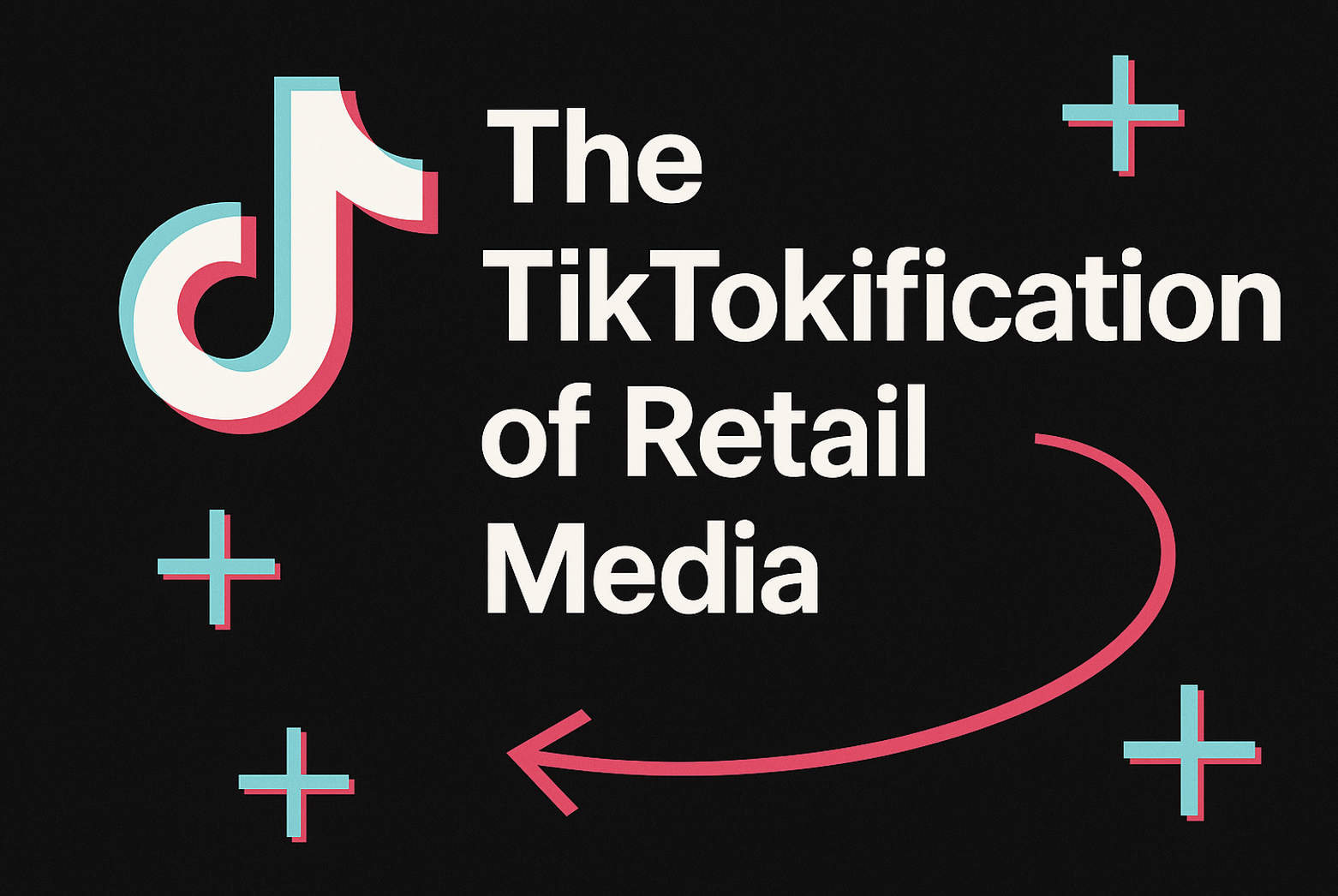The mobile retail market is currently worth US$4.1 billion and is dominated by mobile coupons, finds a new report by Juniper Research, but is set to grow by an astounding 24% a year on average to be worth more than US$12 billion by 2015.
But even these suitably buoyant ‘analyst numbers’ might actually be conservative, we at M-Retailing.net believe, because Juniper is only looking at mobile coupons – total redemption value of mobile coupons; mobile smart posters – total fees resulting from smart poster product information downloads and sales; and mobile advertising – total ad spend upon mobile distribution channels. It hasn’t (yet) looked at the revenue that will be generated through using mobile for actual purchases.
“At the present time the market is dominated by revenues from mobile coupons, which accounted for two-thirds of the market in 2009,” says report author and senior analyst, Howard Wilcox. “However, as digital ad spend is increasingly transferred into the mobile space, then mobile advertising will gradually reel in and overhaul coupons, and will comprise the bulk of revenues by 2013. Meanwhile, despite the fact that smart posters exhibit far greater average annual growth than the other sectors, it will remain a comparatively niche market throughout the forecast period, and will not even exceed 1% of the total market until 2014.”
According to Wilcox, major (often global) household brands, retailers and top tier MNOs are either launching mobile marketing campaigns or extending existing campaigns. These companies are all seeing the potential of the mobile as a retail tool and specifically the potential for targeted and more cost effective campaigns.
Juniper believes that the mobile device has a central role to play now and increasingly in the future as customers do their shopping at supermarkets, stores, bookshops and other retail bricks and mortar locations. The explosion of Smartphones, the growth of the mobile web, the availability of high speed mobile broadband networks, and the ever-growing usage of SMS are offering retailers, brands and merchants new opportunities to communicate with customers and potential customers and to offer the ability for them to shop by mobile.
According to Wilcox, there is a distinct cycle that m-retailing follows, which itself will perpetuate growth. “It begins with the customer becoming aware of a product (take a hi-fi system for example) that may satisfy their requirement or which they may be interested in acquiring as a result of marketing and advertising by retailers or brands via multiple channels including traditional, media, online and viral,” he explains.
“This then results in a store visit and product purchase. The post purchase customer relationship is often conducted by means of a warranty or loyalty programme, with subsequent direct mail marketing,” he continues. “This CRM (customer relationship management) experience in turn contributes to the customer’s awareness for their next purchase of similar products.”
Increasingly, believes Wilcox, the retailing industry and brands are becoming aware of, and implementing the mobile device into this process. “They realise that sometimes, even ahead of their wallets, people will usually make sure they do not leave home without their mobile device,” he says.
“Retailers, merchants and brands are also becoming aware that the mobile device is being personalised more and more and therefore is becoming an opportunity for unique, individual personal marketing programmes. The mobile channel offers merchants the opportunity to differentiate from their competition and acquire customers that become loyal,” he adds.
Wilcox also believes that the m-retailing sector is only at the start of a long and largely linear evolution. In the first instance, the overwhelming majority of products available for sale via the mobile (and the products advertised/marketed via the medium) are forms of mobile content: games, ringtones, screensavers, videoclips; the mobile content providers simply take out on- or off-portal banner space to promote their products. From the perspective of the mobile industry, this is not ideal, because while it helps to promote sales of digital products, there is no interaction with the world of retail beyond the mobile; no new advertising revenues enter the business.
“The next stage involves external brands – selling goods or services from beyond the mobile environment – trying out the medium for the first time, usually in the form of an ad-hoc advertising campaign, and it is at this stage for the first time we see new revenues enter the industry,” says Wilcox.
“Once brands have successfully engaged in an initial ad hoc campaign, they will hopefully return for repeat advertising, which may for the first time enable direct purchase – via the mobile – of the marketed products,” he says. “Lastly, having (again, hopefully) reaped sufficient benefits from repeat marketing, brands will then seek to make mobile part of their integrated multimedia/multiplatform strategy, both in terms of marketing and direct sales.”
The report also highlights how different regions are approaching m-retailing in different ways. In Indonesia, for example, the bulk of advertising/marketing is conducted by the mobile content providers such as AMob. In India, the market is at a transitionary phase, with many brands now testing the mobile medium for the first time, for example Kodak Express. Other markets are more advanced: in the US and UK, some brands – but still a small minority – are now seeking to go down the integrated route, both in terms of marketing and direct sales: Ocado on the Go is a landmark example of this approach.
“In addition from this transition from ad hoc mobile campaigns to multimedia integrated campaigns, another trend can be discerned,” says Wilcox. “That is the gradual evolution of the sales and marketing technology itself, from bulk SMS, through banner advertising, into targeted advertising and apps enabling direct retail.”








